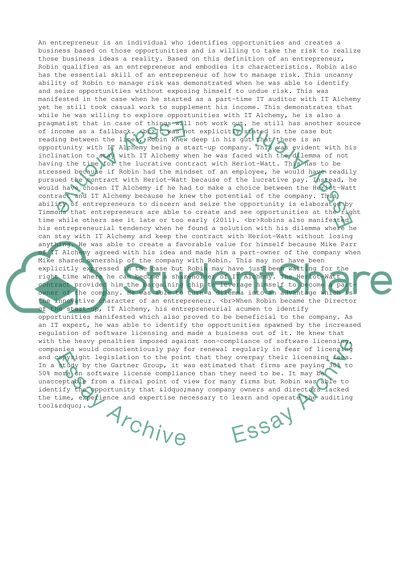Cite this document
(Business Thinkers and Management Giants Case Study, n.d.)
Business Thinkers and Management Giants Case Study. Retrieved from https://studentshare.org/management/1443124-case-study-on-the-firm-it-alchemy
Business Thinkers and Management Giants Case Study. Retrieved from https://studentshare.org/management/1443124-case-study-on-the-firm-it-alchemy
(Business Thinkers and Management Giants Case Study)
Business Thinkers and Management Giants Case Study. https://studentshare.org/management/1443124-case-study-on-the-firm-it-alchemy.
Business Thinkers and Management Giants Case Study. https://studentshare.org/management/1443124-case-study-on-the-firm-it-alchemy.
“Business Thinkers and Management Giants Case Study”, n.d. https://studentshare.org/management/1443124-case-study-on-the-firm-it-alchemy.


